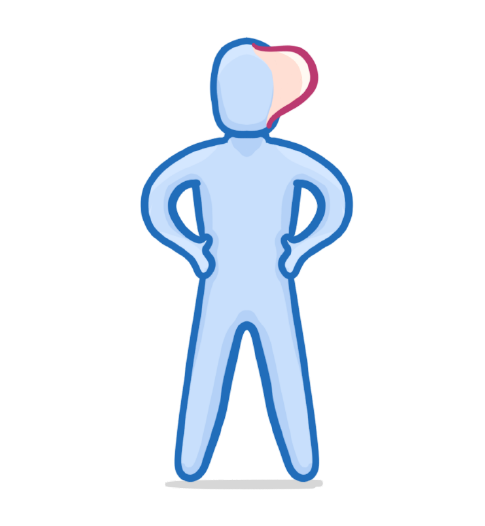Health & Disease
This lesson covers:
- What we mean by the terms 'health' and 'disease'
- The difference between 'communicable' and 'non-communicable' disease
- How diseases can interact with one another
Health can be described as a state of both physical and wellbeing.
|
Which of the following lifestyle factors have a positive effect on health?
(Select all that apply)
Access to medical care (e.g. vaccines)
Diet high in sugar and fat
Eight hours of sleep each night
Regular exercise
|
The term '' refers to a group of conditions that can cause ill health.
|
Which of the following lifestyle factors have an adverse effect on health?
(Select all that apply)
Smoking
Stress
Regular exercise
A balanced diet
|
What do we mean by 'communicable' diseases.
Diseases that can be spread from person to person
Diseases of the nervous system
Diseases that cannot be spread from person to person
|
Is the common cold a communicable or non-communicable disease?
Communicable
Non-communicable
|

Is cancer a communicable or non-communicable disease?
Communicable
Non-communicable
|
What is the role of the immune system?
To provide communication throughout the body
To digest and absorb food
To detect and destroy pathogens
|
If your immune system is weakened, which type of diseases do you become more susceptible to?
Communicable diseases
Non-communicable disease
|
What is another name for communicable diseases?
Altruistic diseases
Infectious diseases
Renal diseases
|
Are conditions like depression, anxiety, and schizophrenia, examples of physical or mental illnesses?
Physical illness
Mental illness
|
True of false? Physical illnesses, such as a broken leg, can sometimes lead to mental illnesses, like depression.
True
False
|